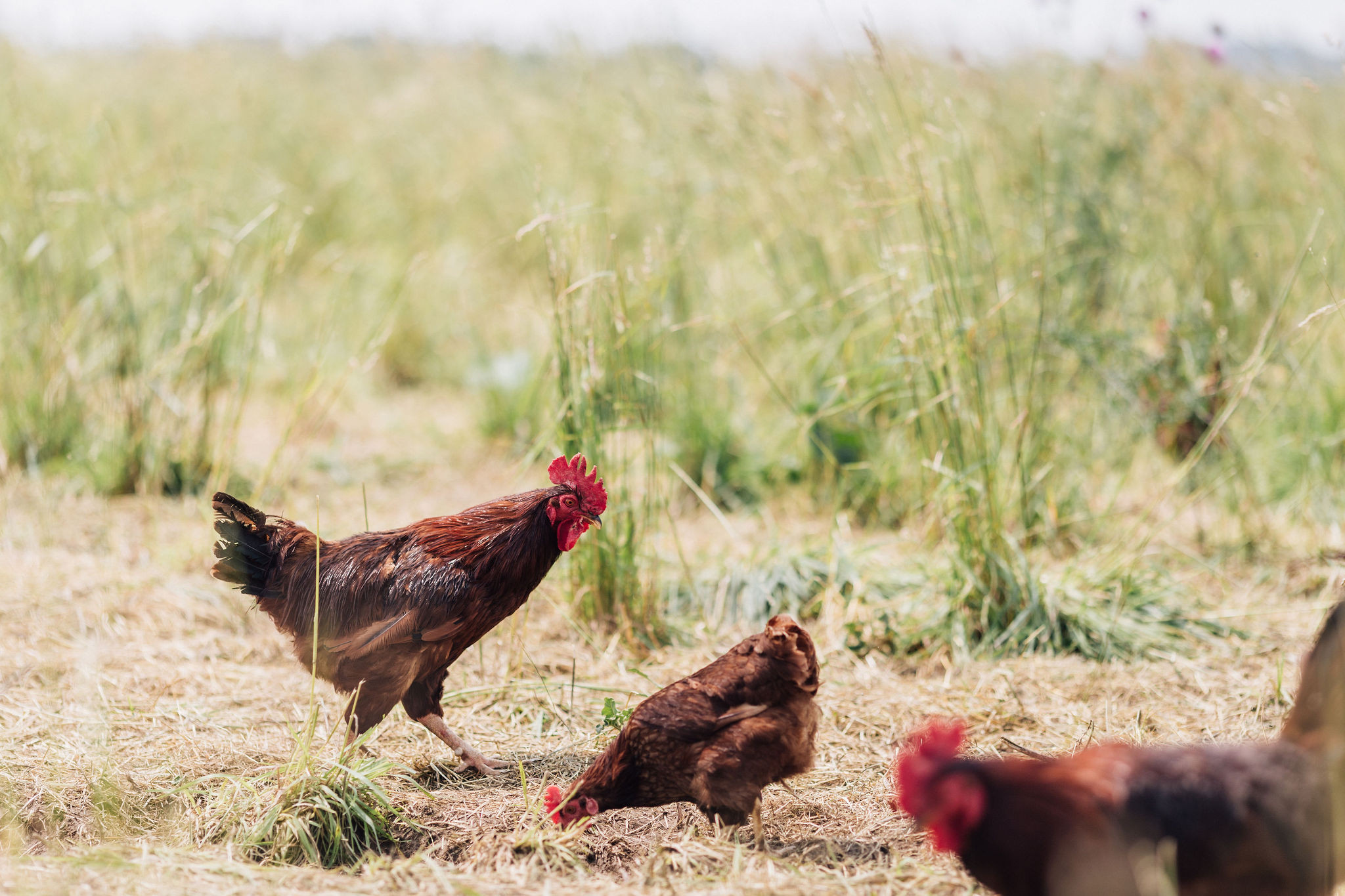Farmers unite at a conference
posted on
February 23, 2018
Earlier this week, our farmer attended the 25th Annual Southwest PA Grazing Conference for people interested in the grass-fed opportunity. The theme for the 2018 conference was “The Next 25 Years”. The conference was attended by about 400 people. This is about double last year’s attendance, and the farmer thinks the reason why is the presence of Joel Salatin, who is a pretty big player in the current regenerative farming and real food movement.
Joel Salatin is a “beyond organic” farmer of pastured meat and eggs, lecturer, author, and all- around good guy. He is the owner and operator of Polyface Farm in VA, whose mission is “To Develop Environmentally, Economically, and Emotionally Enhancing Agricultural Prototypes and Facilitate Their Duplication Throughout the World.”
Most small grass farmers today are stressed – emotionally, financially, and maybe even legally – just from trying to farm. What used to be a peaceful dirty profession is now just plain dirty. Our farmer reports that Joel did an excellent job of spreading the “We Can Farm” attitude amongst conference attendees. He encouraged them to do all they can to follow the rules (which are often not designed for small farmers) while keeping true to what they know to be right for themselves, the land, the animals, and their customers.
Joel also introduced our farmer to a new technology that will be available soon – a Bionutrient Meter from the Bionutrient Food Assication, a handheld device that you could theoretically point at a tomato and read out the nutritional quality of that particular tomato. Woah! I mean, our farmer knows that, because of his care for soil quality, his food is more nutrient-dense than most farms... but, how amazing to be able to quantify that!
In solidarity with grass farmers, I encourage you to cook up some grass-fed beef this week, and here are some tips to make it as tasty as possible. First, always thaw your meat and bring it to room temperature before cooking. Since grass-fed beef is typically low in fat and tougher than conventional beef, the biggest mistake a home cook can make is overcooking. Grass-fed steaks should be rare or medium rare (you can use a meat thermometer if you’re unsure). Never use a fork to turn grass-fed steaks; you risk losing all those wonderful juices. A roast should be cooked low and slow in a sauce to add moisture. When roasting, a good practice is to sear the meat first to lock in the juices. Lastly, always preheat your oven, pan, or grill before cooking grass-fed beef.




